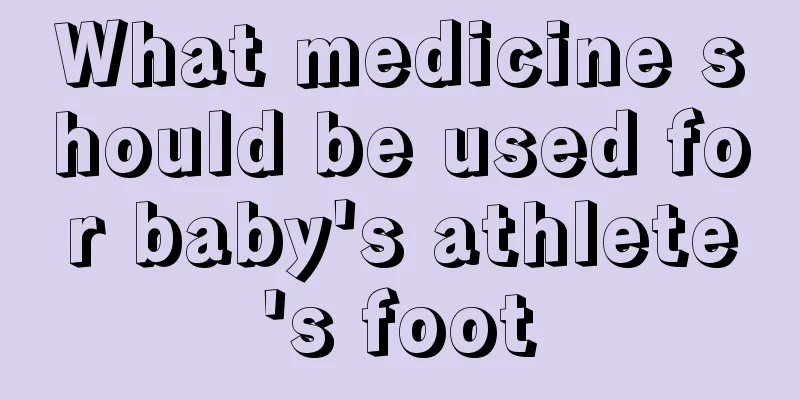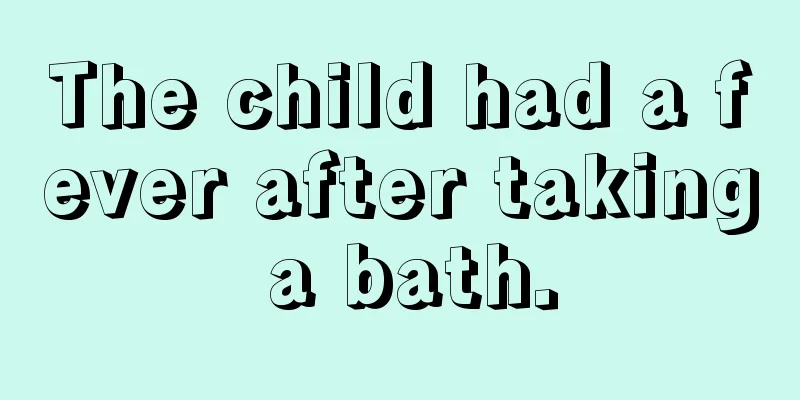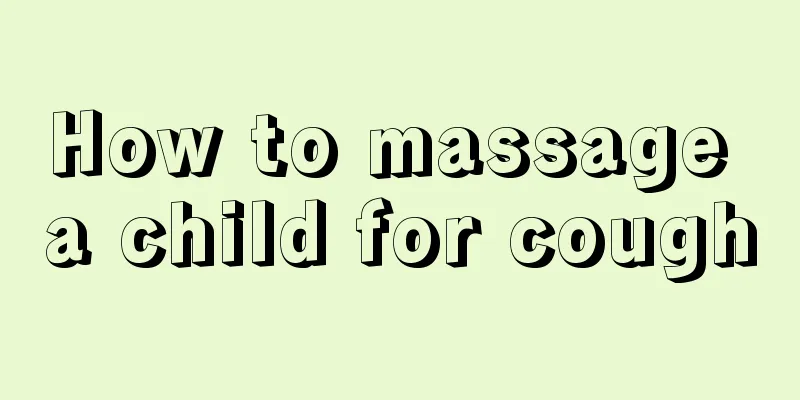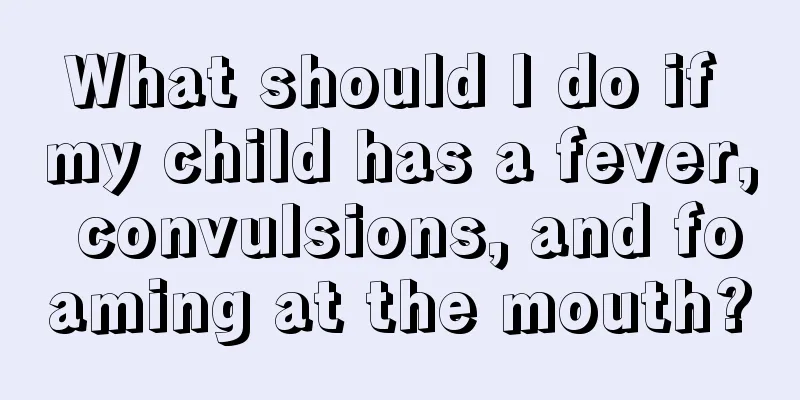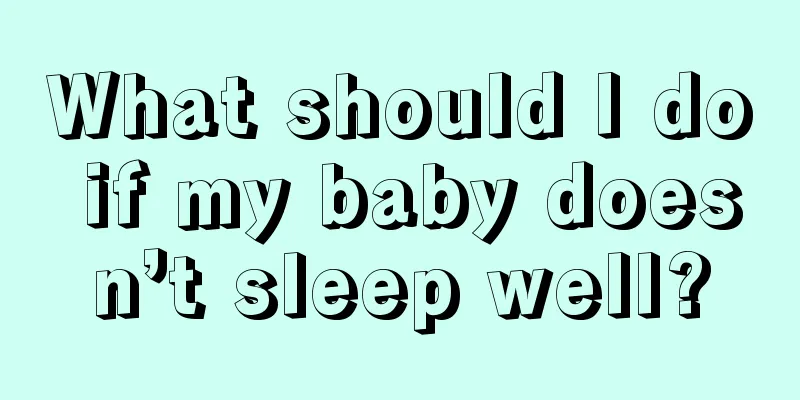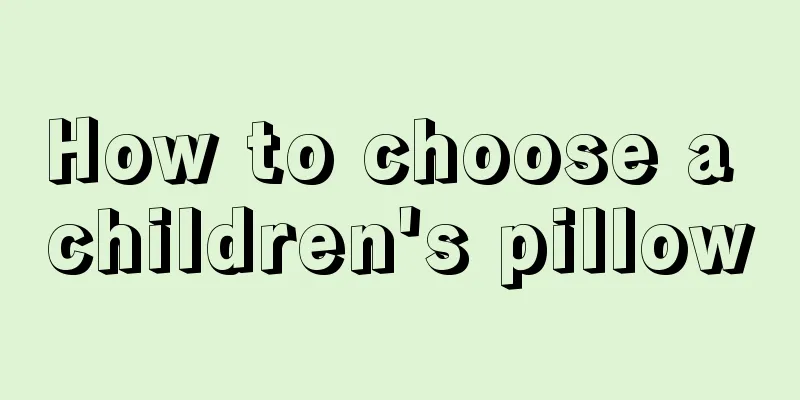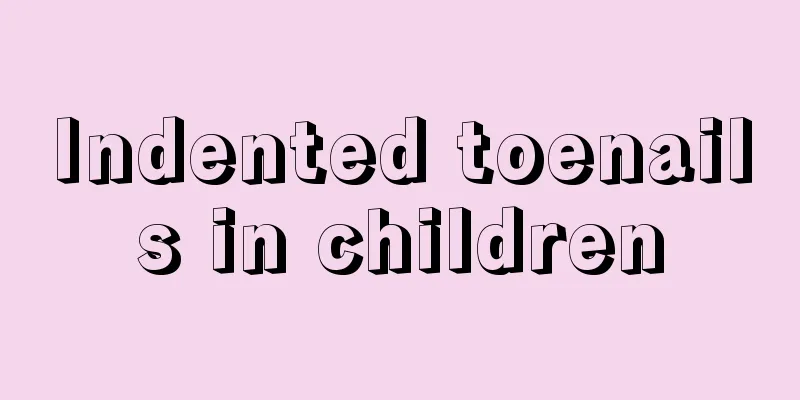How to treat encephalitis in children
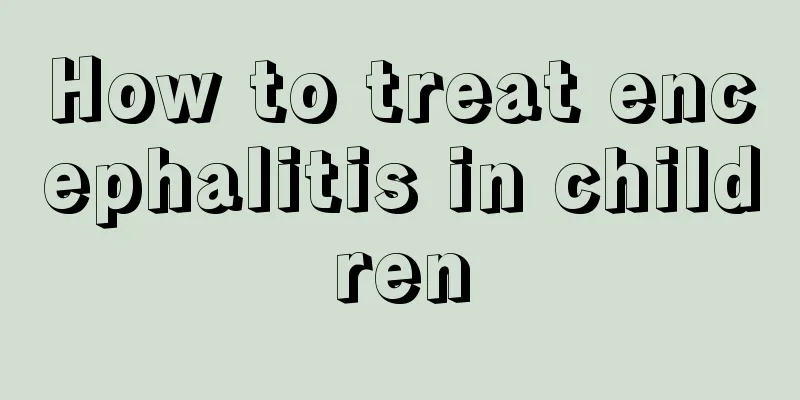
|
Encephalitis is a very serious disease. Many children suffer from encephalitis. Children have low resistance and will easily get sick once exposed to external stimuli. Encephalitis patients will have fever, headache, and vomiting. When a baby is sick, parents feel heartbroken and wish they could get sick instead of the baby. After a baby becomes sick, it must be treated in time. Early treatment means early recovery. So, how should encephalitis in children be treated? Let me introduce it to you now. (I) The initial onset is acute, with a sharp rise in body temperature to 39-40°C, accompanied by headache, nausea and vomiting. Some patients experience drowsiness or mental fatigue, and mild neck stiffness. The course of the disease is 1-3 days. (ii) During the peak stage, the body temperature continues to rise and may reach above 40°C. The initial symptoms gradually worsen, with obvious disturbances of consciousness, ranging from drowsiness, lethargy, and even coma. The deeper the coma and the longer it lasts, the more serious the condition. Confusion may occur as early as the 1st to 2nd day of the disease, but is more common on the 3rd to 8th day. Severe patients may experience systemic convulsions, tonic spasms, or tonic paralysis, and a few may also have flaccid paralysis. Severe patients may develop central respiratory failure due to lesions of the brain parenchyma (especially brainstem lesions), hypoxia, cerebral edema, cerebral herniation, intracranial hypertension, hyponatremic encephalopathy, and other lesions. Encephalitis caused by a virus. More common in children. Symptoms include chills, fever, headache, vomiting, impaired consciousness, convulsions, and may also include cranial nerve paralysis, limb paralysis, and mental symptoms such as hallucinations, auditory hallucinations, mental abnormalities, speech disorders, excitement, agitation, depression, etc. Physical signs may include meningeal irritation and pathological reflexes of the pyramidal tract. Examination of cerebrospinal fluid shows increased pressure, colorless and transparent appearance, slightly increased protein, normal sugar and chloride levels, and white blood cell count generally within 0.1×109 to 0.2×109/L, not exceeding 0.5×109/L. In the early stage of the disease, multinucleated lesions are the majority, while later on, uninucleated lesions become the majority. Diagnosis requires virus isolation and serological testing. In recent years, polymerase chain reaction (PCR) and protein blotting have been used to detect viral nucleic acid and specific antibodies, with high sensitivity and specificity. Except for herpetic encephalitis, which can be treated with acyclovir or adenosine, there is no specific treatment, and symptomatic and supportive treatment is the main treatment. Prevention adopts comprehensive preventive measures mainly including cutting off the transmission route, killing insect vectors and injecting vaccines. Various attenuated virus vaccines (measles, mumps, rubella, etc.) have significantly reduced the total number of neurological complications associated with these viral infectious diseases. The treatment is mainly symptomatic, such as cooling down, stopping convulsions, reducing intracranial pressure, improving cerebral microcirculation, and rescuing respiratory and circulatory failure. In the acute phase, intravenous infusion of dexamethasone can be used, with the course of treatment not exceeding 2 weeks (but its effectiveness is still controversial). Ribavirin is often used for antiviral treatment, while adenine arabinoside and acyclovir can be used for malarial viral encephalitis. Infuse brain cell nourishing drugs to promote brain function recovery. Prevention of encephalitis is very important. Parents should try not to take their children to crowded places and avoid contact with sick babies. When the baby is found to have similar symptoms, some antiviral drugs can be taken, such as isatis root and honeysuckle. Meningitis can be recovered. Some babies will suffer some injuries, such as deafness, and difficulties in learning, so timely treatment is required. |
<<: Do children need vitamin supplements?
>>: At what age do baby teeth end up being replaced?
Recommend
7 kinds of food that babies should not eat on an empty stomach
The baby's gastrointestinal function is relat...
What to do if a child has a viral fever
Many babies will feel unwell if they are not prop...
What to do if your child swallows a coin
Children are very naughty and cannot distinguish ...
Children's legs are often bruised
In life, many parents often find that their babie...
What can I feed my kids to make them grow taller?
Nowadays, the growth environment and living condi...
Symptoms of conjunctivitis in children
If an adult suffers from conjunctivitis, it will ...
Why do three-month-old babies sweat on their hands and feet?
Why do three-month-old babies have sweaty hands a...
What to do if children have weak memory
Children's memory is generally low. Some chil...
What should I do if my child's teeth are asymmetrical due to a knock on his jaw?
Our chin is made up of the jawbone, which is conn...
What to do if your child has heavy teeth
Children will start to change their teeth when th...
What to do if your child has swollen tonsils? Daily care should be done well
Swollen tonsils are very common among children. I...
Is nephritis easy to treat in children?
When a child gets nephritis, parents are most wor...
Is it necessary to test bone density in children?
For some new mothers, they are always caught off ...
What to do if your child has stomach discomfort
The stomach function of children is not fully dev...
Why does my 10-month-old baby have a runny nose due to a cold?
Ten-month-old babies have relatively poor resista...
